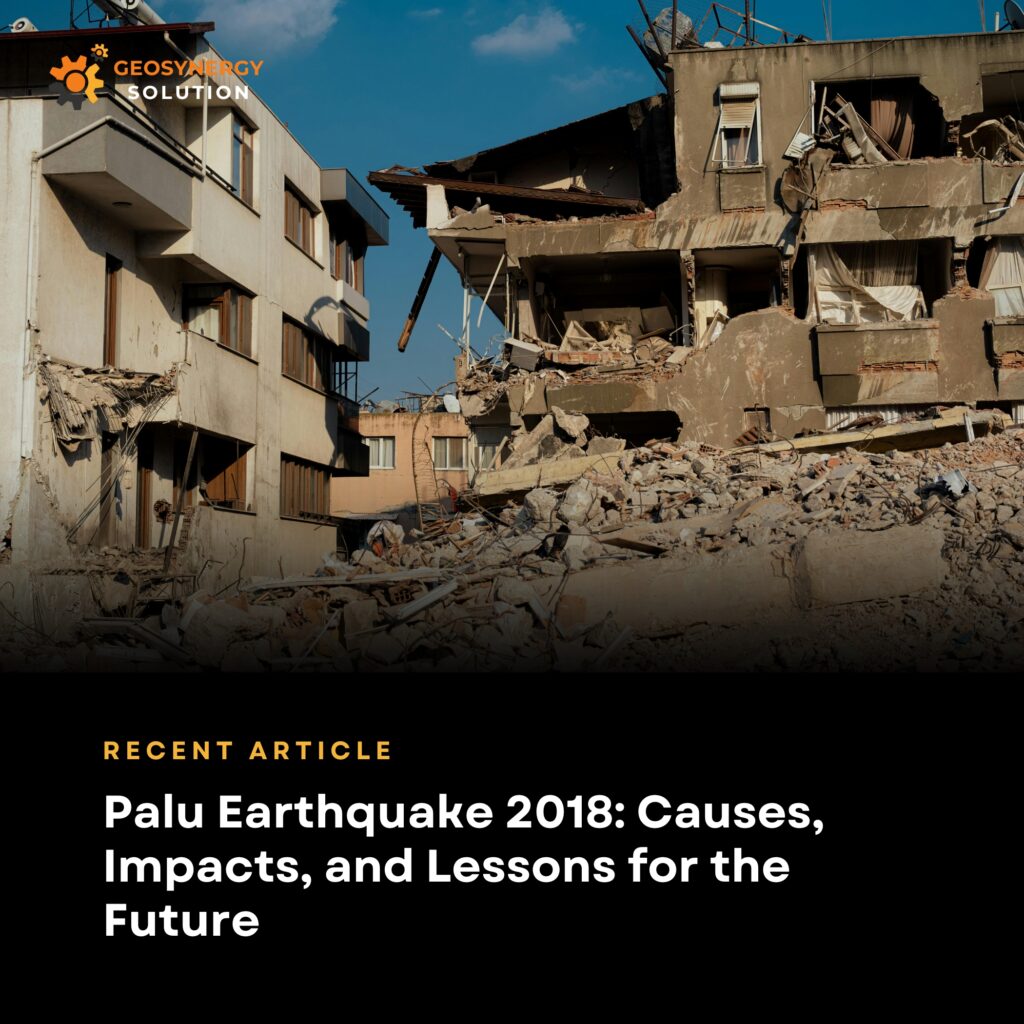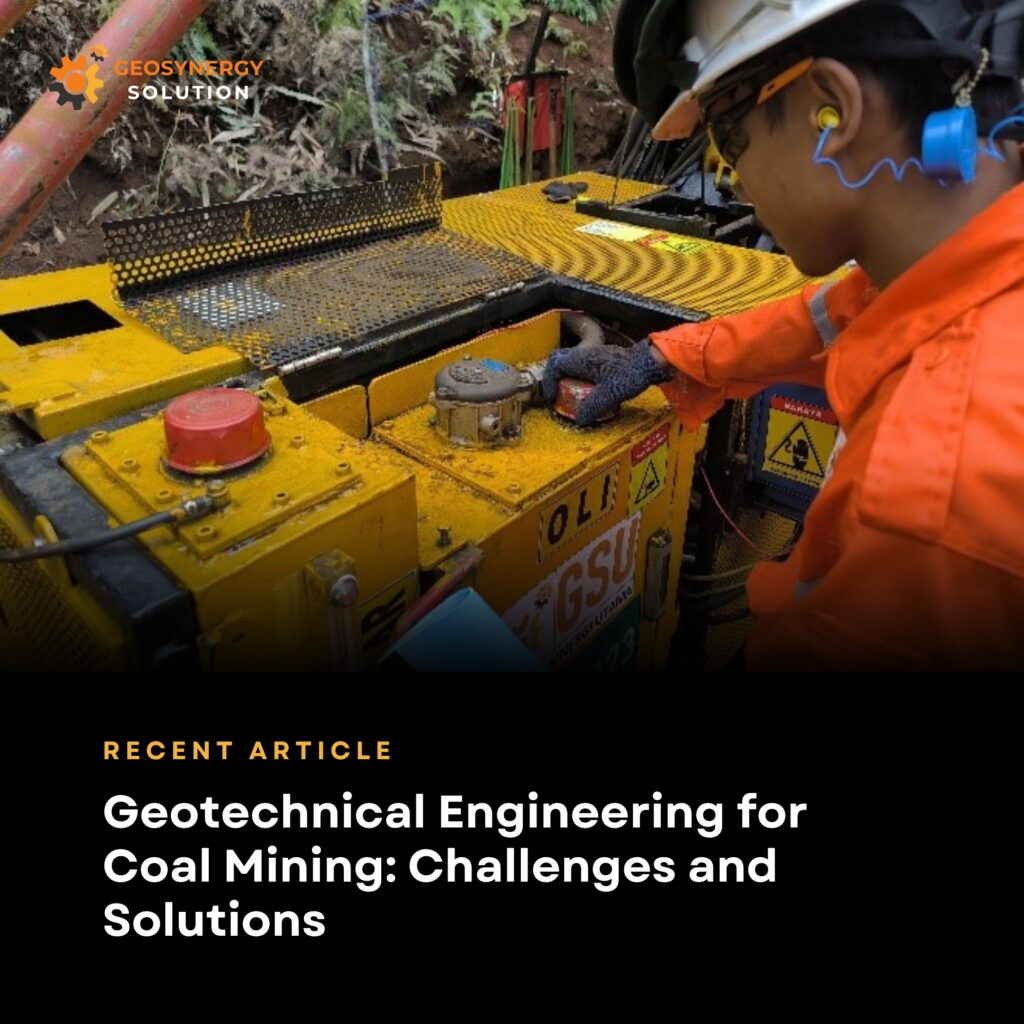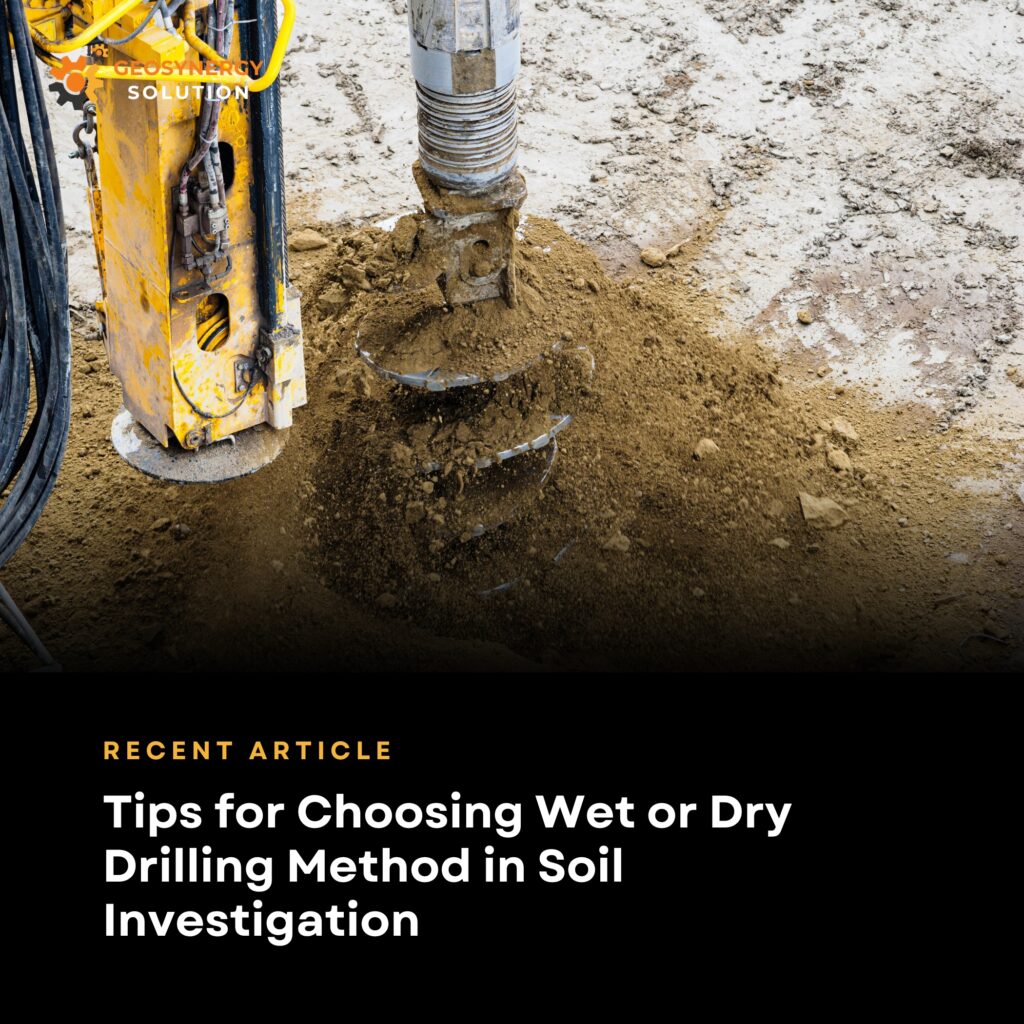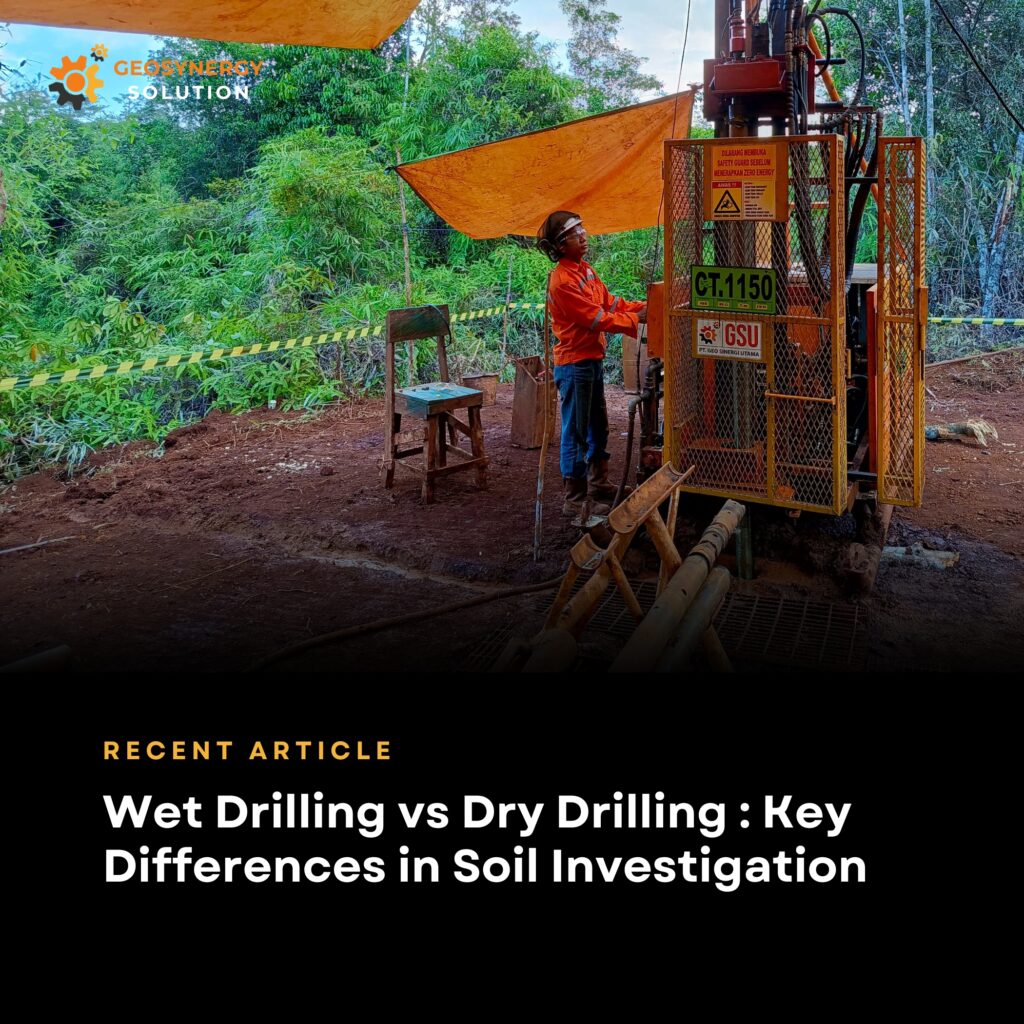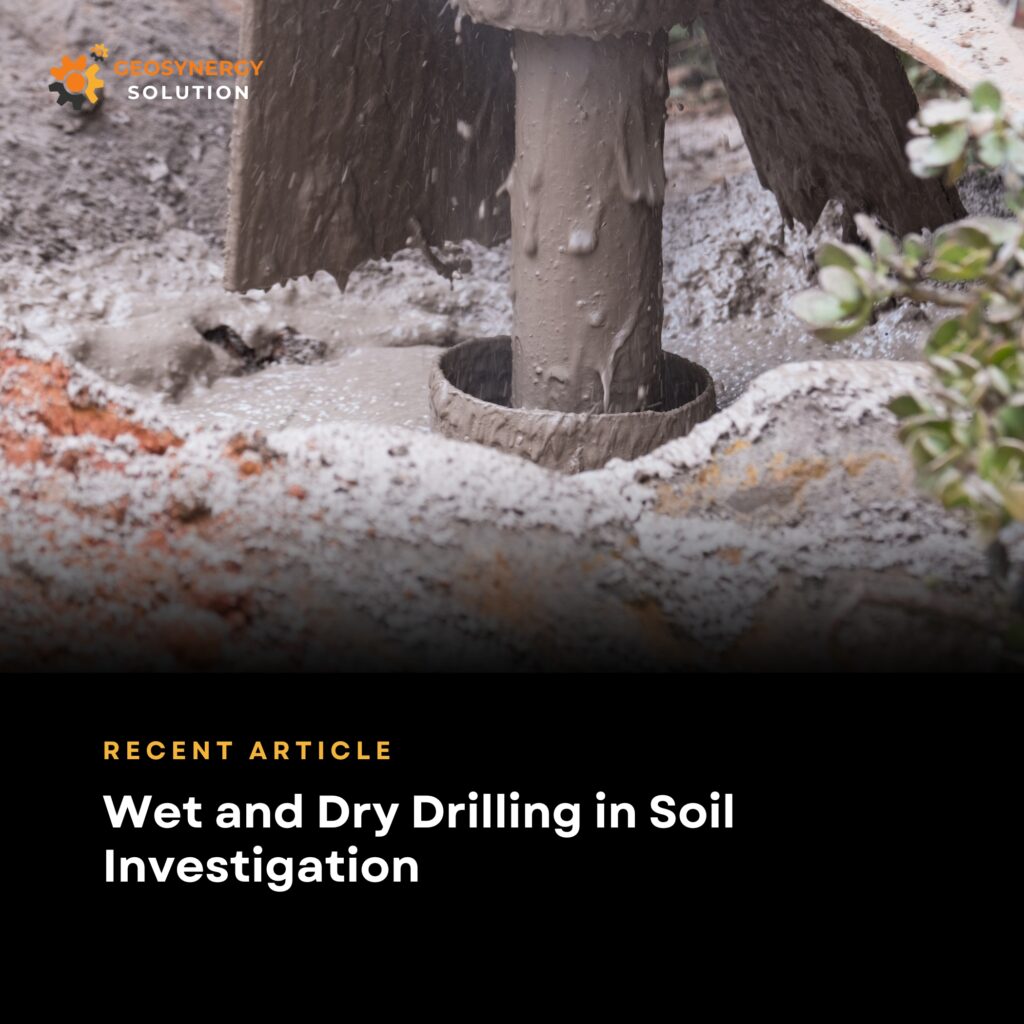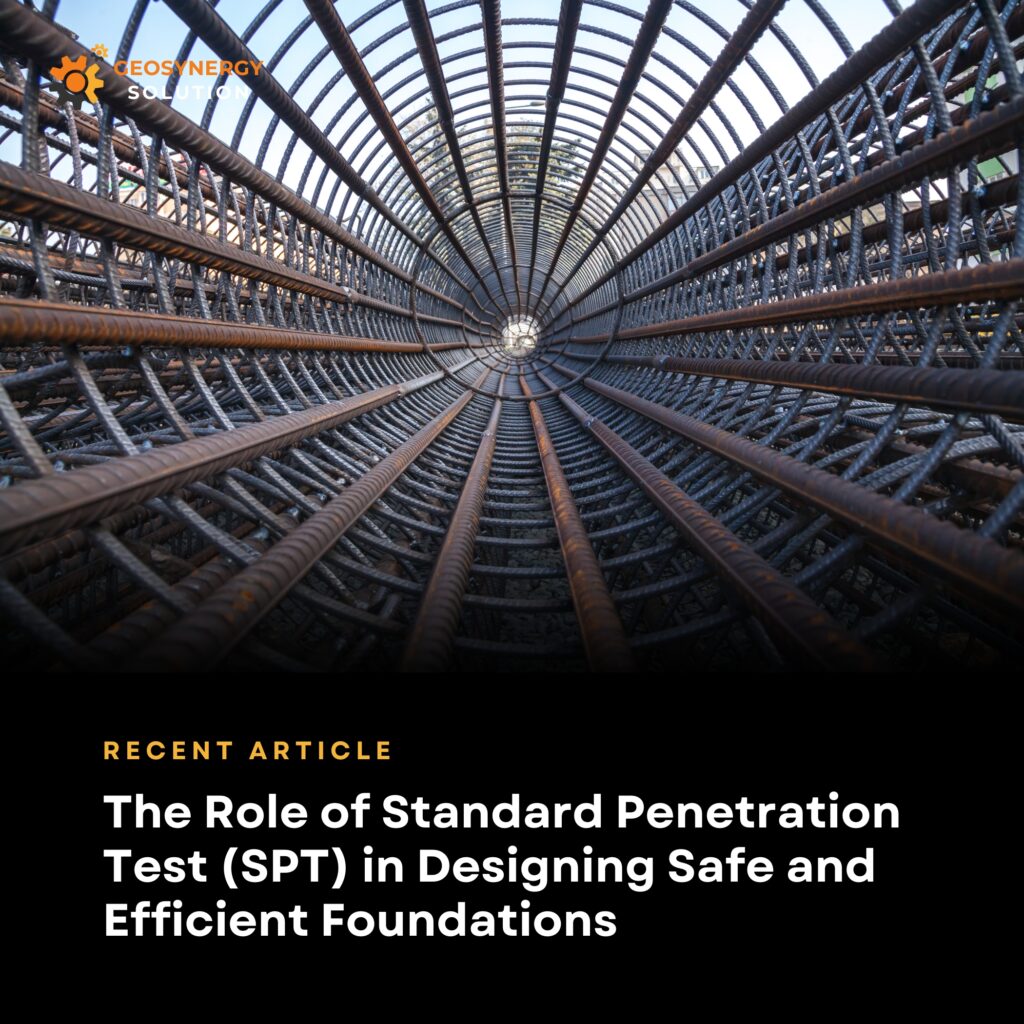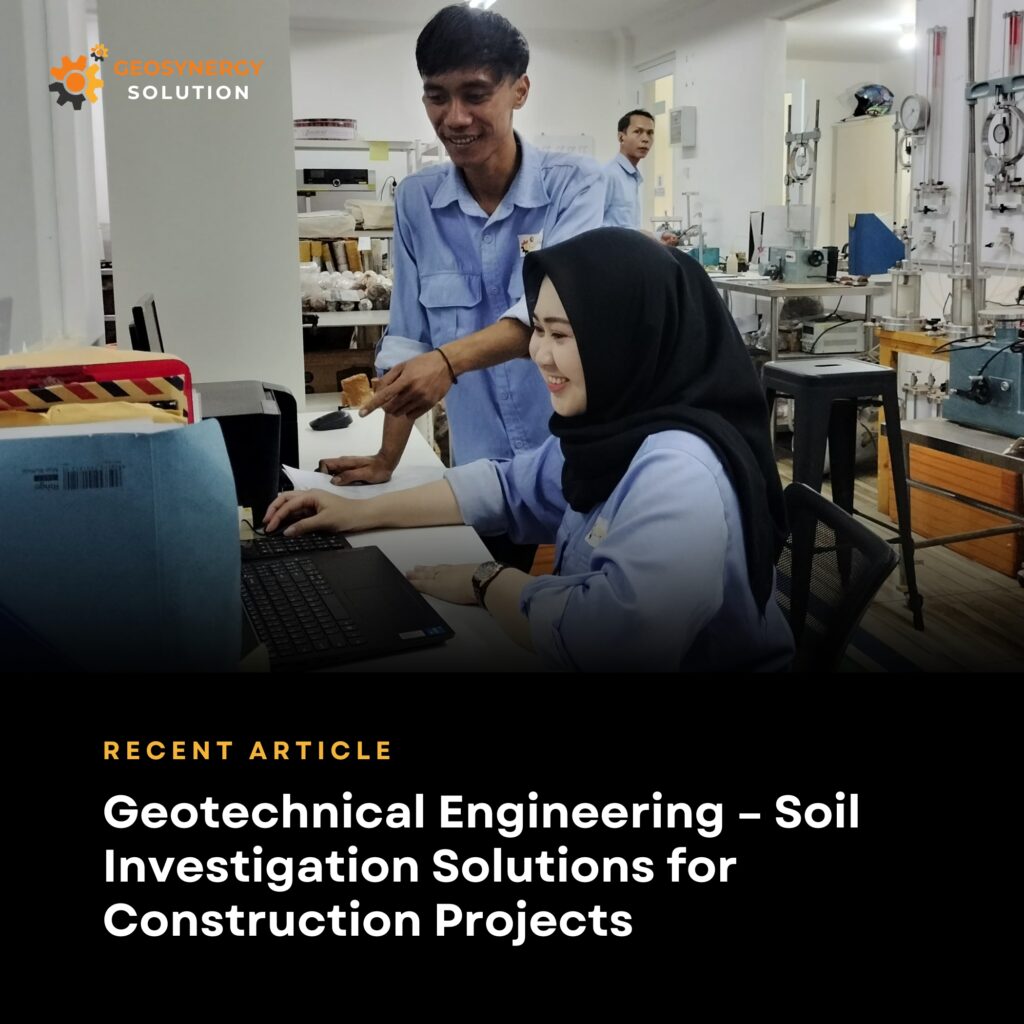Palu Earthquake 2018: Causes, Impacts, and Lessons for the Future
The 2018 Palu Earthquake stands as one of Indonesia’s most devastating natural disasters. On September 28, 2018, a magnitude 7.5 earthquake struck Central Sulawesi. Soon after, a massive tsunami and soil liquefaction followed, destroying large parts of Palu, Donggala, and nearby regions. Causes of the Palu Earthquake The disaster occurred due to movement along the […]


